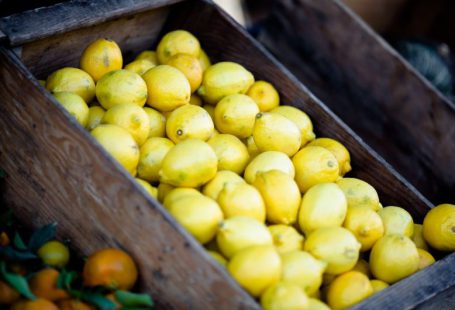In a world where the demand for protein continues to rise, alternative sources of sustainable nutrition are becoming increasingly vital. Edible insects have emerged as a promising solution to address this challenge, offering a highly nutritious and environmentally friendly protein source that could play a significant role in the future of food production.
Nutritional Benefits of Edible Insects
Edible insects are not only a rich source of protein but also contain essential amino acids, healthy fats, vitamins, and minerals. Crickets, for example, are known to be high in protein and low in saturated fats, making them a nutritious alternative to traditional animal protein sources. Additionally, insects such as mealworms and grasshoppers are rich in iron, calcium, and B vitamins, providing a well-rounded nutritional profile that can contribute to a balanced diet.
Environmental Sustainability of Insect Farming
Compared to conventional livestock farming, insect farming requires significantly fewer resources such as water, land, and feed. Insects are highly efficient at converting feed into protein, with some species requiring up to 12 times less feed than cattle to produce the same amount of protein. Furthermore, insects produce fewer greenhouse gas emissions and ammonia compared to livestock, making insect farming a more environmentally sustainable option for meeting the growing global demand for protein.
Cultural Acceptance and Culinary Versatility
While the idea of consuming insects may still be met with hesitation in some parts of the world, many cultures have a long history of incorporating insects into their diets. In countries like Thailand, Mexico, and Ghana, edible insects are considered delicacies and are enjoyed in a variety of traditional dishes. As awareness of the nutritional and environmental benefits of insect consumption grows, more people are beginning to embrace insects as a viable and even desirable food source.
In addition to cultural acceptance, the culinary versatility of edible insects makes them a promising ingredient for creating innovative and delicious dishes. From cricket flour used in baking to roasted mealworms added to salads, chefs and food entrepreneurs are exploring creative ways to incorporate insects into mainstream cuisine. As consumer attitudes towards edible insects continue to evolve, the culinary potential of these tiny creatures is only beginning to be realized.
Challenges and Future Outlook
Despite the numerous benefits of edible insects, there are still challenges that need to be addressed to scale up insect farming and consumption on a global level. Regulatory barriers, limited consumer acceptance, and the need for more research and development are some of the hurdles that the edible insect industry faces. However, as awareness of the sustainability and nutritional value of insects grows, there is a growing momentum towards overcoming these challenges and realizing the full potential of edible insects as a sustainable protein source.
Looking ahead, the future of edible insects as a sustainable protein source appears promising. With advancements in technology, increased focus on food security and sustainability, and shifting consumer preferences towards healthier and more environmentally friendly options, edible insects are well-positioned to play a significant role in shaping the future of food production. By embracing the potential of insects as a nutritious and sustainable protein source, we can move towards a more resilient and environmentally conscious food system for generations to come.





